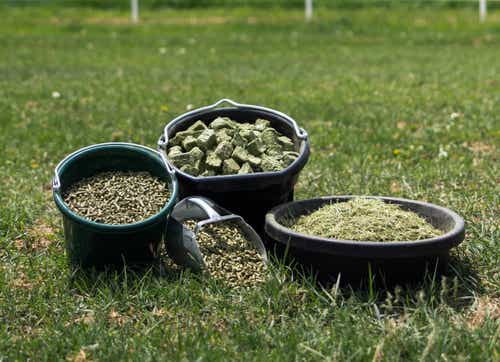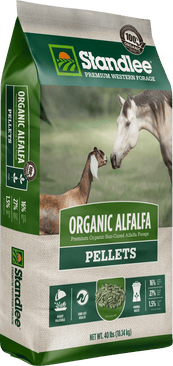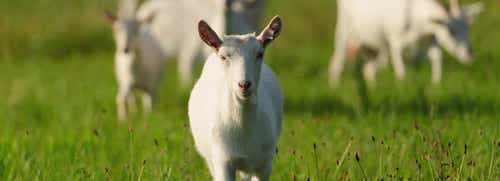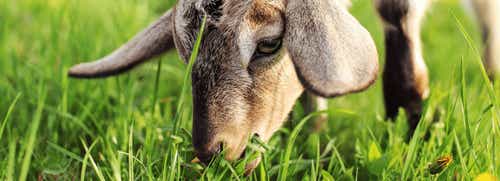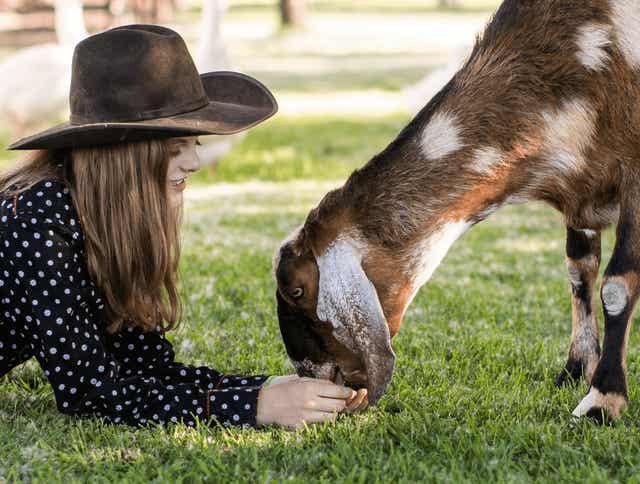
How to Manage Goat’s Weight
Earlier this year, Standlee published this article in American Dairy Association Management, written by Dr. Stephen Duren, Standlee Nutritionist.
WEIGHT MANAGEMENT OF DOES
Goat does are the lifeblood of any successful goat farming operation. They produce offspring that can funnel into the meat industry, or conversely, they produce milk fueling the dairy market. To keep a productive doe in the herd long-term makes financial sense, but it requires good nutrition management.
Like other livestock, a doe needs five essential components in the diet: water, energy, protein, minerals, and vitamins. Except for water, controlling the energy or calorie intake of the doe is the most critical aspect of long-term health and production. The nice thing about controlling the energy intake of a doe is that you can visually see the result. Simply stated, if you feed your goat too much energy or too many calories they get fat, not enough calories, and they get thin. A goat that is either fat or thin will have sub-optimal performance and a decreased production life in the herd.
The energy/calorie intake of the diet is evaluated both visually and physically in goat does by estimating body condition score. This management tool is utilized to determine the amount of fat covering specific areas of the body. These fat deposits are an indication of energy reserve. The standard body condition scoring system for goats utilizes a 1-5 scale, with the lower numbers indicating thin animals and the higher numbers indicating fat animals. Fat deposits are palpated in three specific areas on the doe: lumbar, sternum and ribs. The lumbar area is the area on the back behind the last rib containing the loin. The sternum is often referred to as the breastbone between the front legs. Finally, the rib or intercostal spaces are on the animal's side. Detailed body condition diagrams and guidelines are available from many University Extension sources and the American Dairy Goat Association.
The optimal body condition of a doe ranges from 2.5 – 4, utilizing the standard (1-5) body condition scoring system. A doe with a body score of less than 2.5 is considered thin. A thin doe may have difficulty becoming pregnant, have a single kid, or not produce adequate milk. On the other hand, a doe with a body condition greater than 4 is considered obese. These goats may suffer from pregnancy toxemia due to excess body fat limiting feed intake. This leads to a breakdown of body fat for energy creating ketone bodies, potentially resulting in ketosis. Obese goats will also have difficulty giving birth as stamina is decreased.
Body Condition Score of does can be adjusted by controlling feed intake. Knowing which dietary ingredients are higher or lower in calorie content is a good start. The forage component of the diet can typically consist of three types of hay (alfalfa, grass, or mixed alfalfa/grass). From an energy (calorie) standpoint, the alfalfa will contain the highest calorie content, followed by the mixed hay and finally the grass hay. Pasture grass likely contains fewer calories than alfalfa hay, but it is largely dependent on the types of plants in the pasture. Grains, such as oats, corn or barley contain more calories compared to any of the forages. The use of grain in diets for does is typically reserved for times of high production, high caloric needs, and for animals in lower body conditions. Evaluating body condition and making a dietary adjustment to place does in optimal body condition should occur in late lactation, during non-pregnancy, or in early pregnancy. These are times of the calendar year when nutrition changes will not harm production and optimize the health of the animal.
In summary, evaluating energy intake and managing weight with the use of body condition scoring is an easy means of improving the health and longevity of does.
By Dr. Stephen Duren
Standlee Nutritional Expert - Performance Horse Nutrition
To read more about feeding goats in the winter, read more here on our blog.

